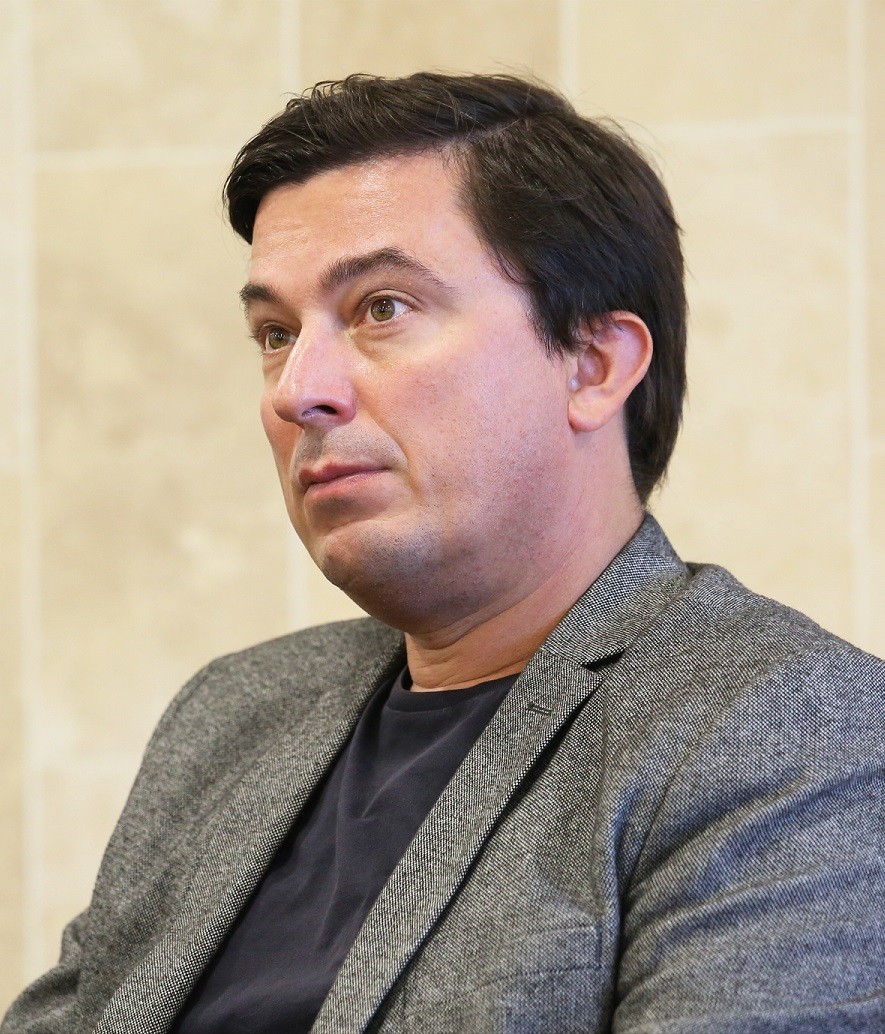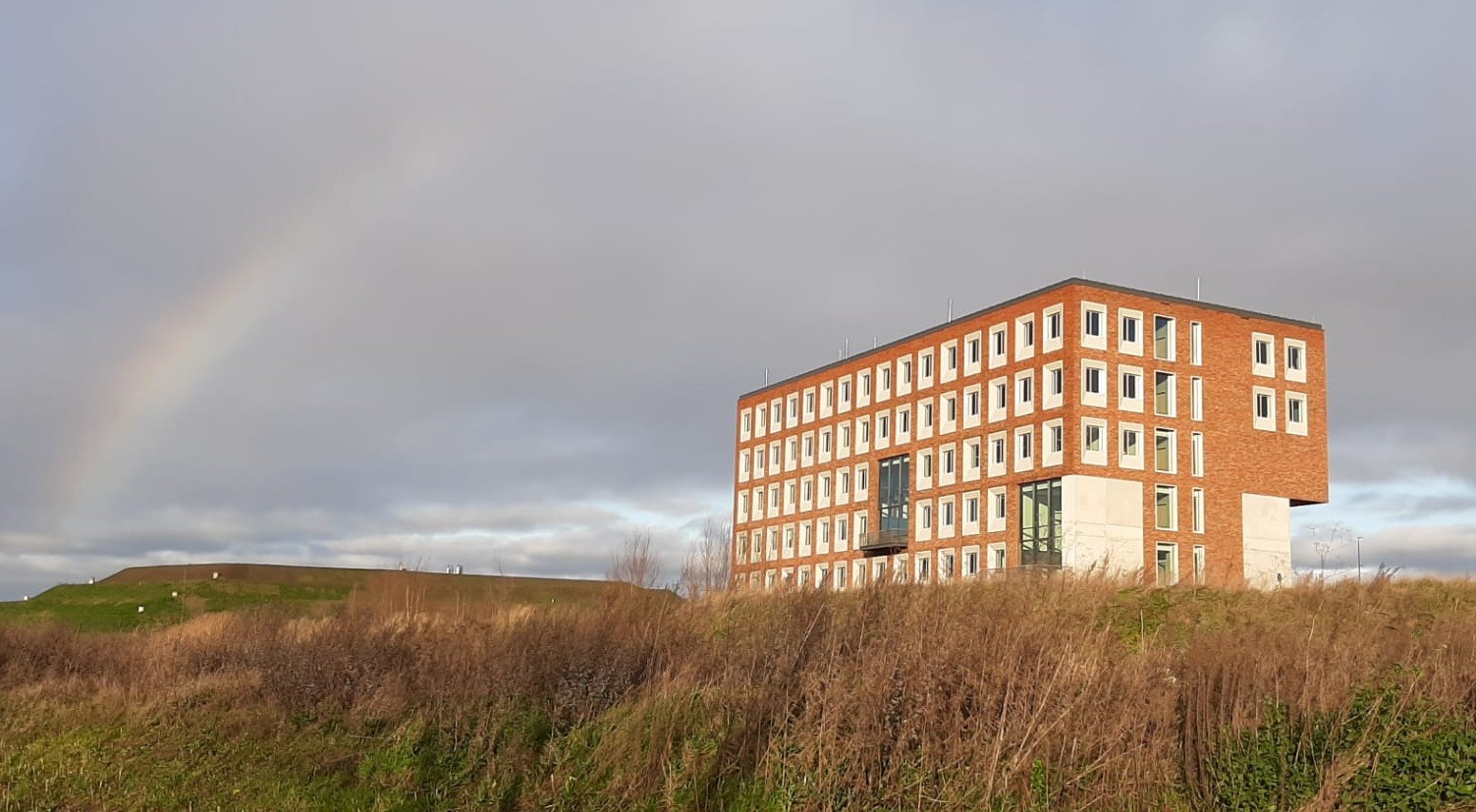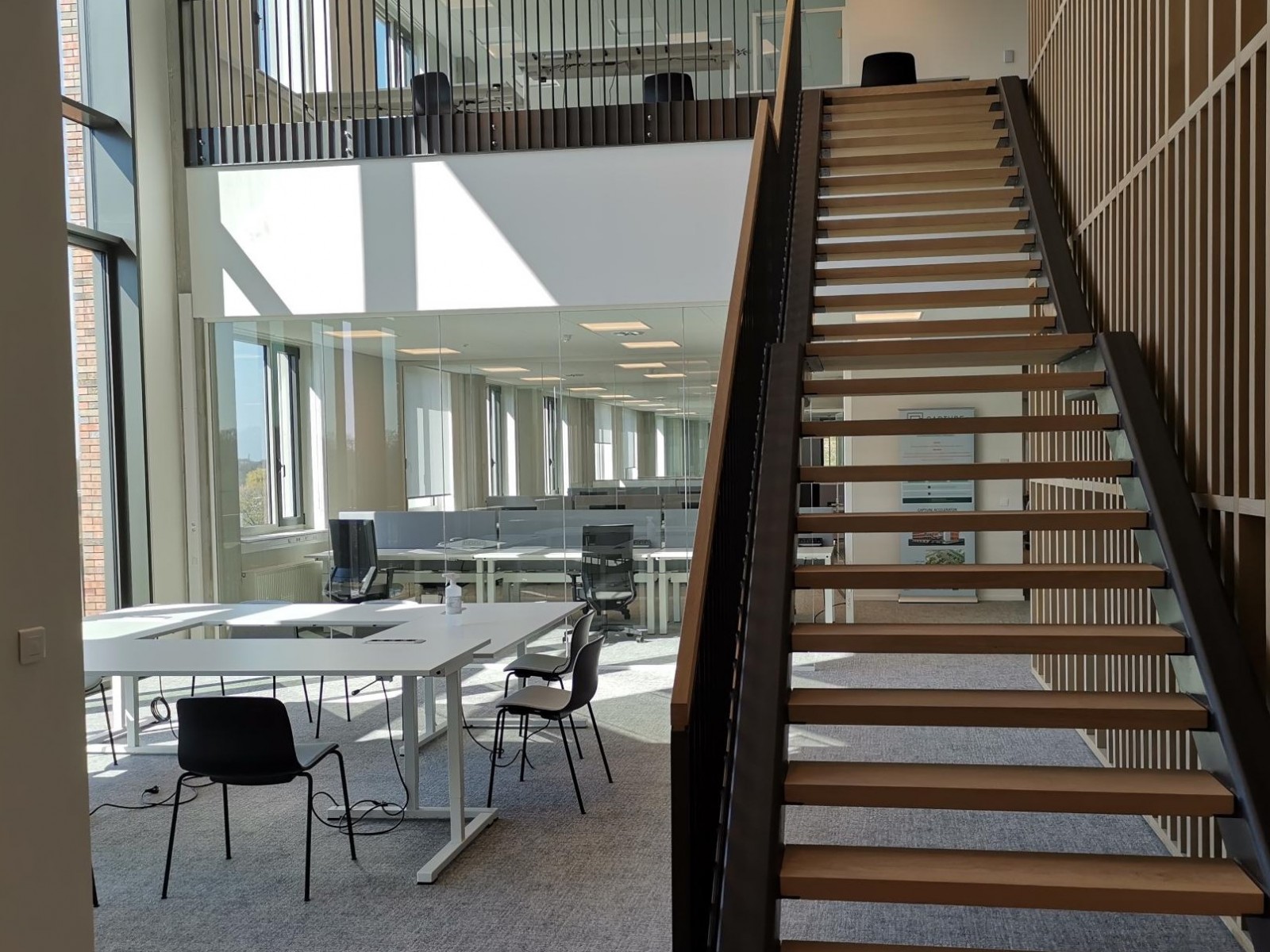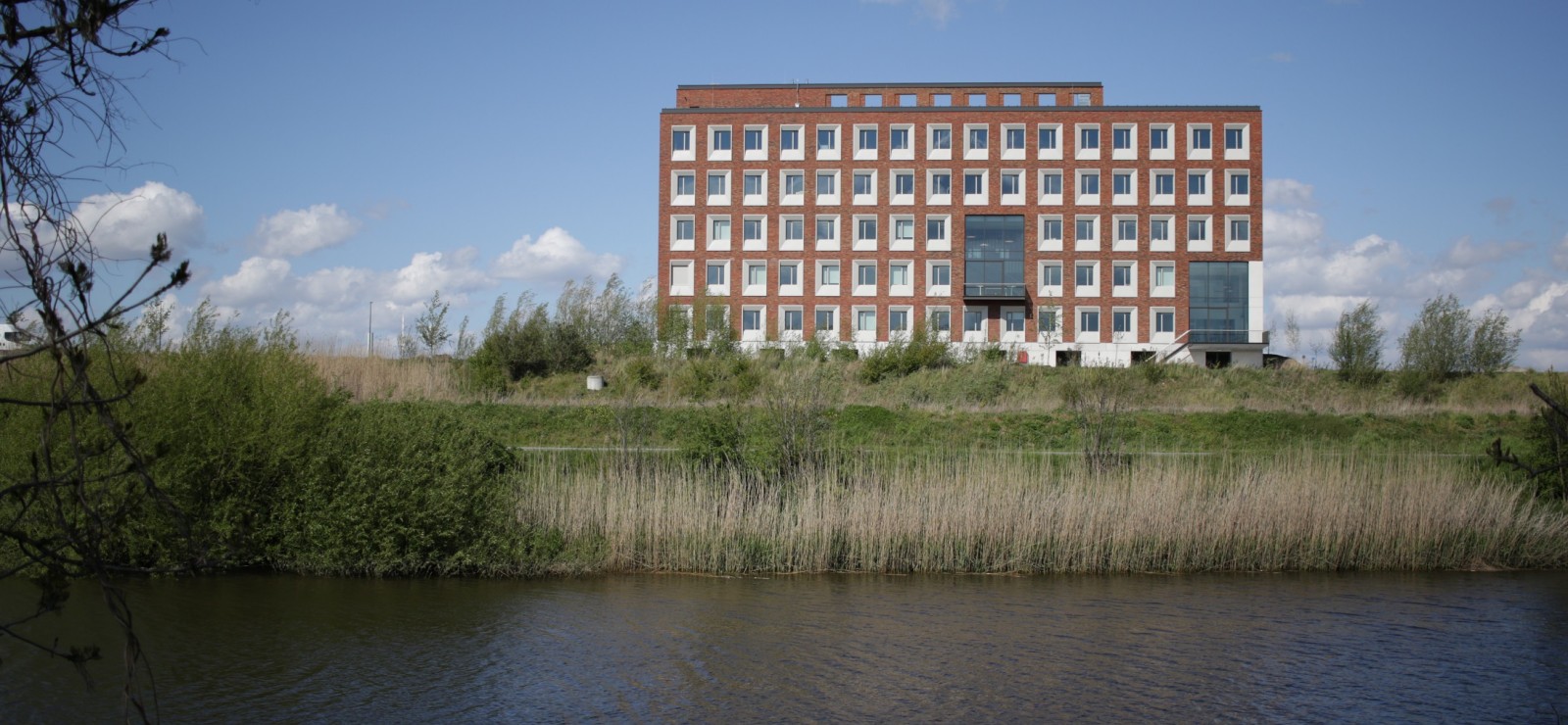How to use waste water, CO2 and plastics as a source of energy or a raw material? This is one of the key questions that keeps professor Korneel Rabaey occupied on a daily basis. A question to which he is now seeing an answer emerge, thanks to the new research platform CAPTURE, which he helped to conceive. The opening of a physical research centre will accelerate progress in this area considerably, which has been his goal for years.
You could call it a moment he’s always been dreaming of: the opening of the research centre CAPTURE. This will take place in June. “I had always pictured the official opening as a much grander occasion. However, due to corona, there will be no more than a handful of people. Even so, it remains an important moment. The kick-off of CAPTURE. Soon we will not only be a virtual, but also a physical research centre”, says Korneel.
He shares this news with great passion. After all, together with his research group (Biotechnology department), he has been working for years on sustainability for years, particularly in the area of electrification. “I am very interested in the transition we are currently experiencing, where electricity is becoming the energy source behind all kinds of processes. This goes far beyond electric cars: in fact, we can electrify the entire water sector. Even the industry as a whole. We need windmills to generate electricity. You can use that electricity to make hydrogen, which you can then use to turn a factory’s CO2 into a product.”
In an effort to put this research into practice, he was involved in setting up the research platform known as CAPTURE several years ago. This platform aims to build a bridge between the worlds of science and industry. Korneel: “A close partnership with the industrial world is essential if you want to innovate. Today’s research tends to respond to industry demands. That is fine, but then your focus lies more on the short term. It is far more sustainable to start from scientific research. Then the approach becomes considerably more long term.”
Turning CO2 into green fuel, for example, is anything but cheap. However, by going ahead with the investment, you achieve a drastic reduction in CO2 emissions, as well as saving on other fuels. Korneel: “Viewed in the long term, it’s certainly worth it. You need to consider the full picture.”

As an example, he mentions a demo factory which will recycle CO2 into green methanol. This is part of the North-C-Methanol project that Korneel helped to initiate with CAPTURE. Korneel: “If all goes well, they will be producing about 46,000 tonnes of methanol per year within just a few years. To make a comparison: you would need about 6 million trees to achieve a similar CO2 reduction.”
The long road to climate-friendly industry
It’s a first step towards a climate-friendly industry. However, there’s still a long way to go. Moreover, there are also many things to consider if you wish to stay on the right path. That’s quite clear to Korneel. This is why he believes it is important to surround himself with people from different research groups. Korneel: “Innovation is impossible alone. With CAPTURE, we aim to connect people with different expertise. You need this kind of cross-fertilisation. For example, it’s a complex matter to convert CO2 into green energy: you need people to work on the technology to capture CO2, to convert it into a useful substance and to purify it. However you also need people with an economic mind, who connect with companies, not to mention people who question whether this is actually what society wants, and why. They must work together, and physically get together.”

The step towards a physical research centre
The launch of a physical research centre will accelerate in everything that Korneel is so excited about. The premises are located at Eiland Zwijnaarde, the business park where the VIB will also soon establish its headquarters. The building features a number of innovative and sustainable technologies. As an illustration: the toilets separate urine from excrement and toilet paper, so that less energy is required to purify the water. “We have made sure that our new building is sustainable and futureproof.”
Korneel can’t wait to get started. “Of course, it can only benefit the different partnerships: the step towards other fields of research or industry is so much quicker when you’re all working under the same roof.”
In the new building, there are two floors for industry. The other three storeys are for researchers. “We aim to be an open market”, explains Korneel. “Everyone with expertise in a particular topic is welcome whenever we are working on that topic. Then they can plan their meetings here, and use a lab or a section of the technology hall. All with a common goal: creating innovative technologies to turn CO2, water or plastics into green energy.”

More info?
www.capture-resources.be
Picture at the top of this page: by 'Wild van vorm'
Read also
Understanding the impact of climate change? Measure, measure and measure again!
“Climate change is a global problem. But if you really want to know its impact, you have to have local data.” So say meteorologist Steven Caluwaerts and bioengineer Pieter De Frenne. They both do research on microclimates, albeit with a different starting point. “Actually, we are very complementary. We should meet more often!”
Do you know this place at Ghent University?
Do you recognize this building? A mosaic of different types of glass. As a symbol for the university, with its enormous mix of study programmes, research domains, nationalities …
Ghent University virologists combat viruses in new research facility
Every day, professor Xavier Saelens and his team work on new and improved vaccines and medicines to counter flu and corona viruses. Recently, they’ve been doing their work in a new research facility. “Our primary goal: to help those suffering from diseases.”
Do you know this place at Ghent University?
Do you recognise this Ghent University location? One of the many doors that the university offers. Maybe you can deduce something from the lion's head? Or is it the weathered blue stone that gives it away? The checkerboard motif?




